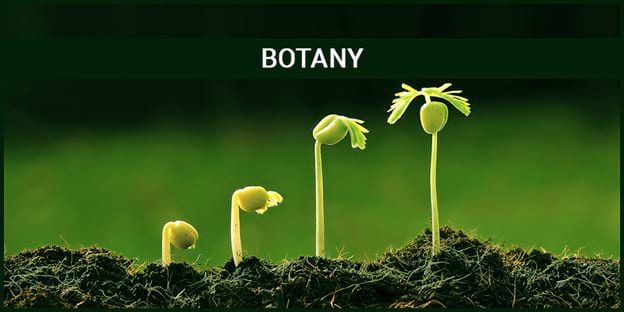This chapter examines the sophisticated mechanisms plants use to move water, minerals, and organic compounds throughout their bodies. Students explore the physics of water potential, transpiration, and translocation, with special attention to the pressure-flow hypothesis and cohesion-tension theory. We investigate how environmental factors influence transport rates and how plants adapt their transport systems to different conditions. Through understanding these processes, students gain insight into how plants maintain homeostasis and distribute resources despite lacking a circulatory system comparable to animals.
Complete Chapter-wise Hsslive Plus One Botany Notes
Our HSSLive Plus One Botany Notes cover all chapters with key focus areas to help you organize your study effectively:
- Chapter 1 Biological Classification Notes
- Chapter 2 Plant Kingdom Notes
- Chapter 3 Morphology of Flowering Plants Notes
- Chapter 4 Anatomy of Flowering Plants Notes
- Chapter 5 Cell: The Unit of Life Notes
- Chapter 6 Cell Cycle and Cell Division Notes
- Chapter 7 Transport in Plants Notes
- Chapter 8 Mineral Nutrition Notes
- Chapter 9 Photosynthesis in Higher Plants Notes
- Chapter 10 Respiration in Plants Notes
- Chapter 11 Plant Growth and Development Notes
